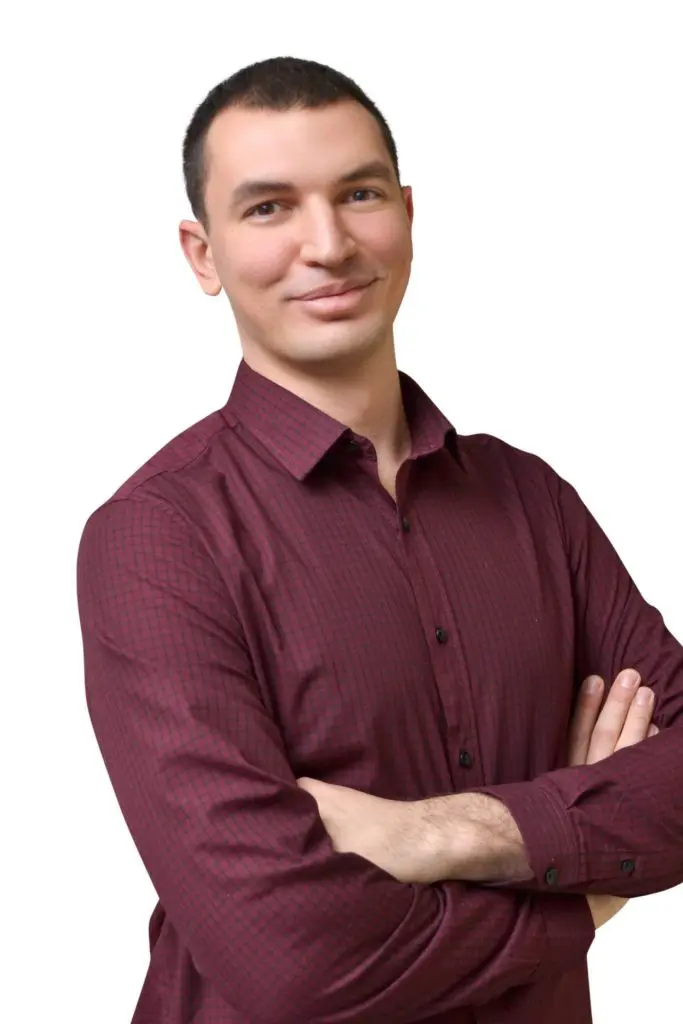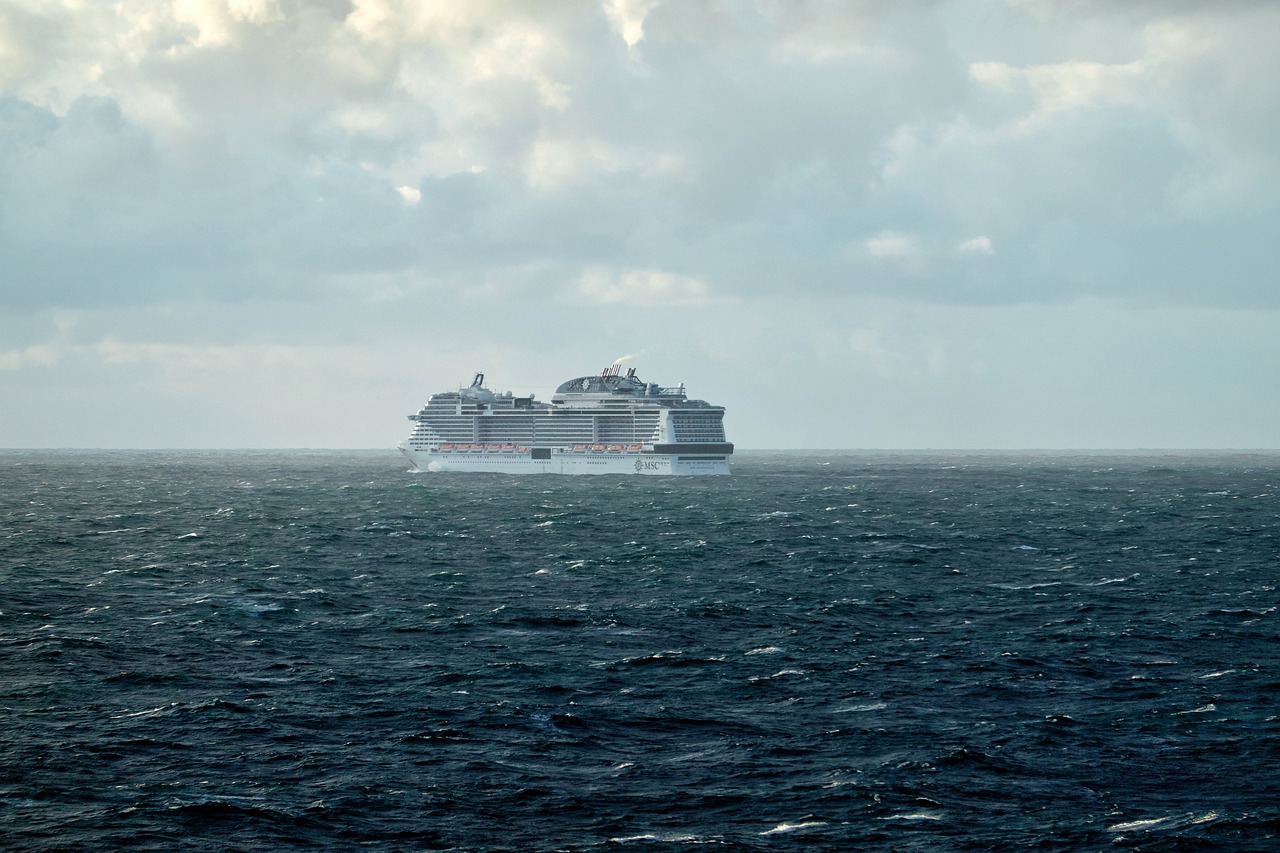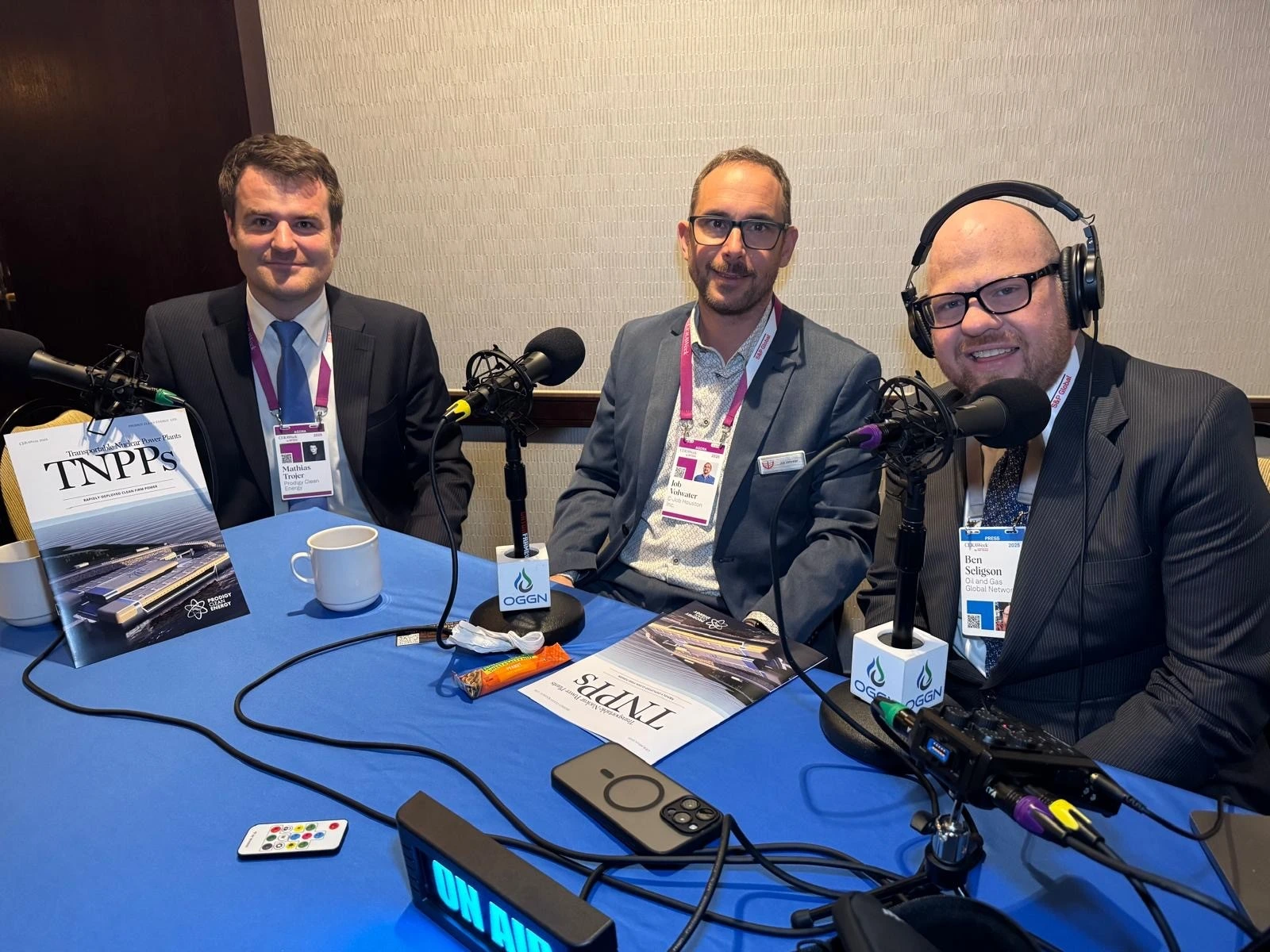We would like to share with you our experience at C-Job Nikolayev in engineering dredgers.
On the one hand, this is our usual work process with steel vessels. Thousands of details should be properly worked out so that the yard is able to assemble and weld them. The details should be perfect. On the other hand, these vessels are real working horses with many systems interfering within the structures. These vessels vibrate throughout their entire life, and this is something we have to keep in mind at all times. Hard points and misalignments can cause problems much earlier than on other types of vessels. In addition, the equipment integration is the next challenge. The machinery produces additional vibrations, such as huge pumps and engines, and the sediment transport pipelines that run through the ship. Inside and outside; the equipment interacts with sea water, such as a suction pipe, a cutter ladder, bottom doors, and spud poles. All this needs to be integrated into the vessel, while still keeping maintainability in mind. This is what sets these projects apart, with more integration and more challenges. From our perspective, the dredger is a vessel built around its functionality and equipment.
“The first dredger in my career was a non-self-propelled cutter suction dredger (CSD) measuring 105m in length,” says Vitalii Vyshnevskyi, Senior Engineer at C-Job Nikolayev. “This essentially served as a floating platform for the equipment. The superstructure and wheelhouse were installed on anti-vibration legs. We had to deal with two huge diesel generators, one massive electromotor for the primary pump, and the largest pipeline I had ever encountered. Additionally, we faced challenges with the software, as it was our first project in the imperial system of measurements. We had to handle unpredictable issues, even during simple operations like mirrors. Nonetheless, despite these challenges, we managed to complete the project on time, adding another valuable experience and vessel to our portfolio.”

Vitalii Vyshnevskyi Project Manager
“The second project involved a self-propelled trailing suction hopper dredger (TSHD) measuring 65m in length,” Vitalii continues. “Although shorter in length, the amount of equipment was significantly larger. This included not only main engines and bow thrusters but also a draghead, gantry, onboard pump, bottom doors, overflow system, bow coupling, sliding rails, two levels of pipelines, cranes, and foldable platforms. Furthermore, we had two sizable foldable masts where we integrated hydraulic cylinders. While this project introduced me to some new construction details, such as a hopper. Although I worked on a hopper barge earlier, I must admit in this project the addition of equipment and integrations made it challenging. The hopper barge consisted solely of steel. This dredger provided me with unparalleled experience. I was involved in every detail, offering solutions to problems related to software, planning, quality control of the model, drawings, production, and communication with the customer and the builder. I participated in the development of moving parts and much more, making it difficult to summarize in a few words.”
“Considering all the aforementioned factors on the design side, the were some more factors which made the project process challenging, “The schedule was extremely tight due to the yard’s strict contract with the client, which required us to follow not regular projects approach with more overlap between basic and detail design.
In addition, although we do not mention about it publicly too much, we are still operating under war conditions. While some of our engineers were able to relocate to safe areas or even abroad, the majority of my team, due to family circumstances, had to remain in the city. Throughout this project, Nikolayev experienced the effects of war, shelling, air raid alerts, attacks, unstable electricity, and distressing news from the front line and their friends. Despite these challenges, the project is now completed, although the schedule was slightly delayed due to new inputs and modifications. With all this in mind, I cannot express how proud I am of my team. They made tremendous efforts under such difficult conditions that words alone cannot convey; it is an experience that must be lived through.”


